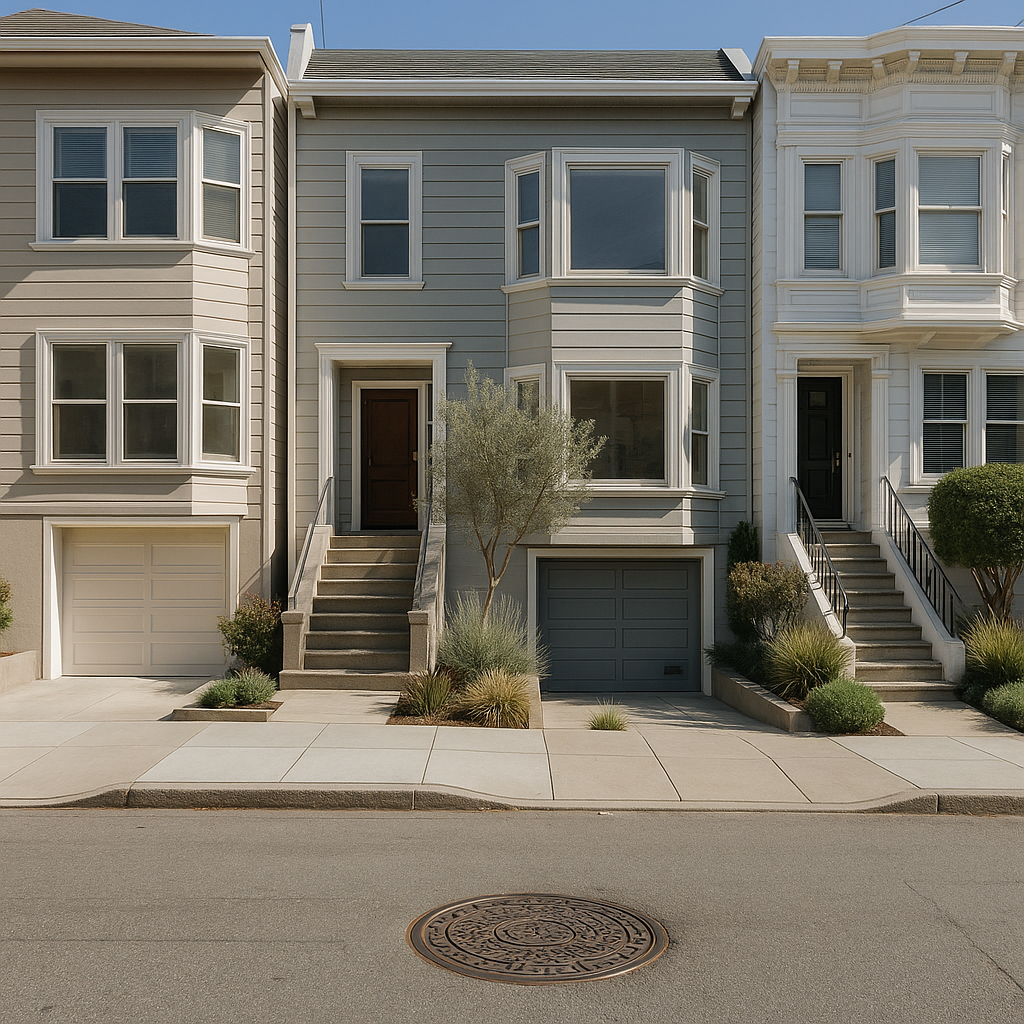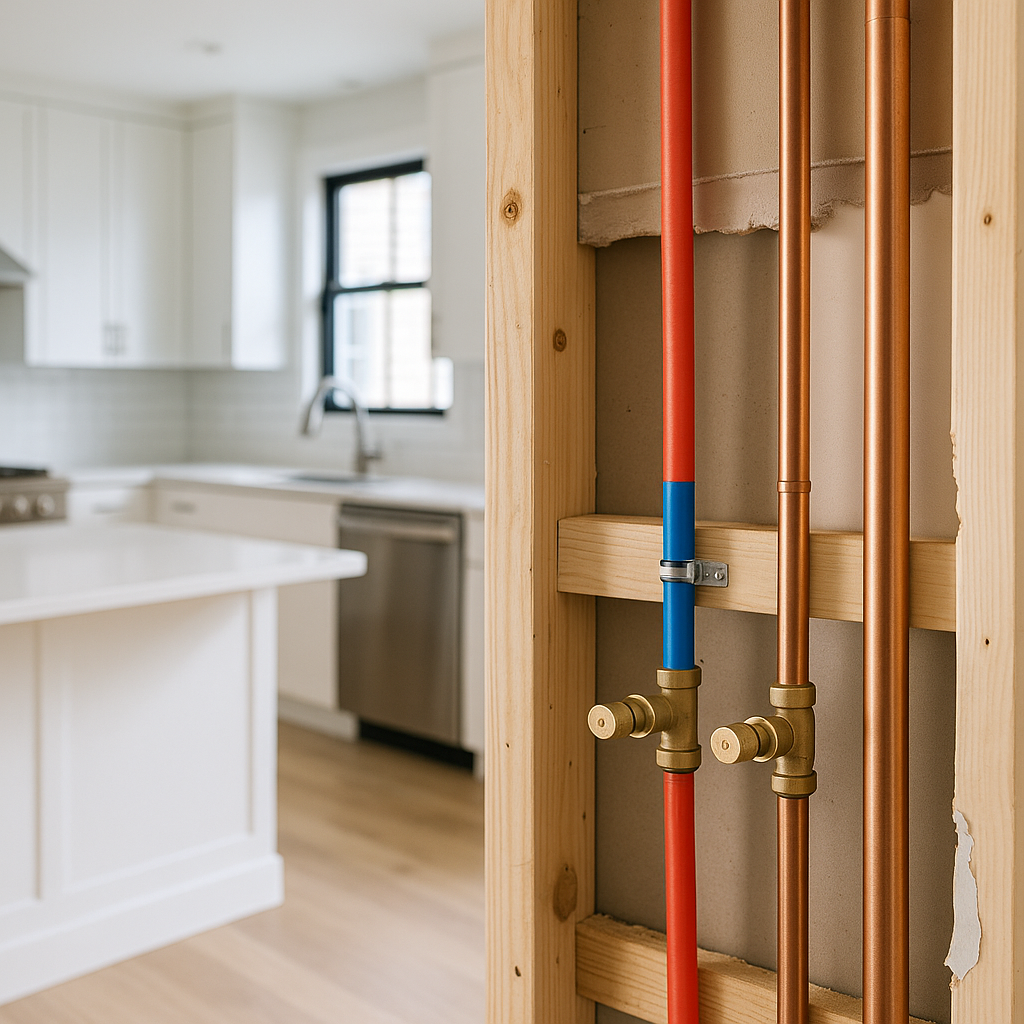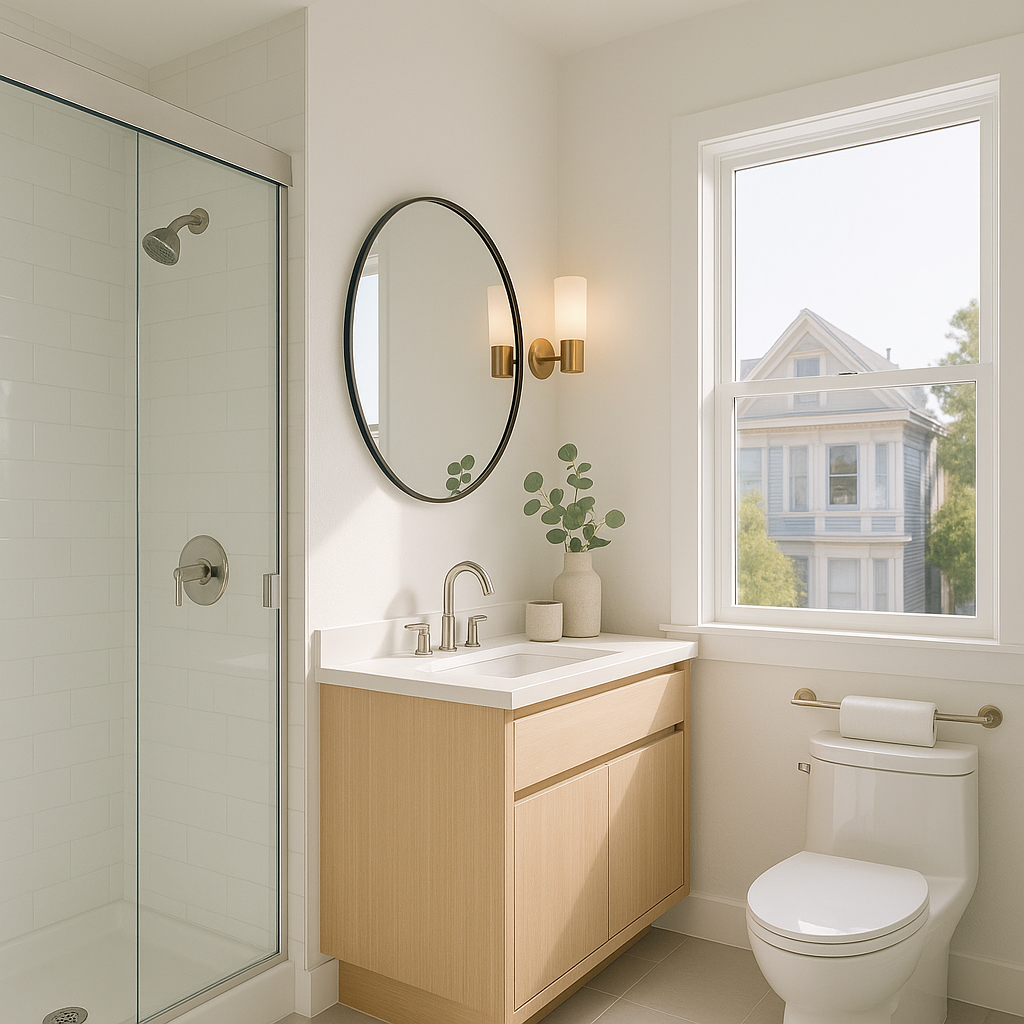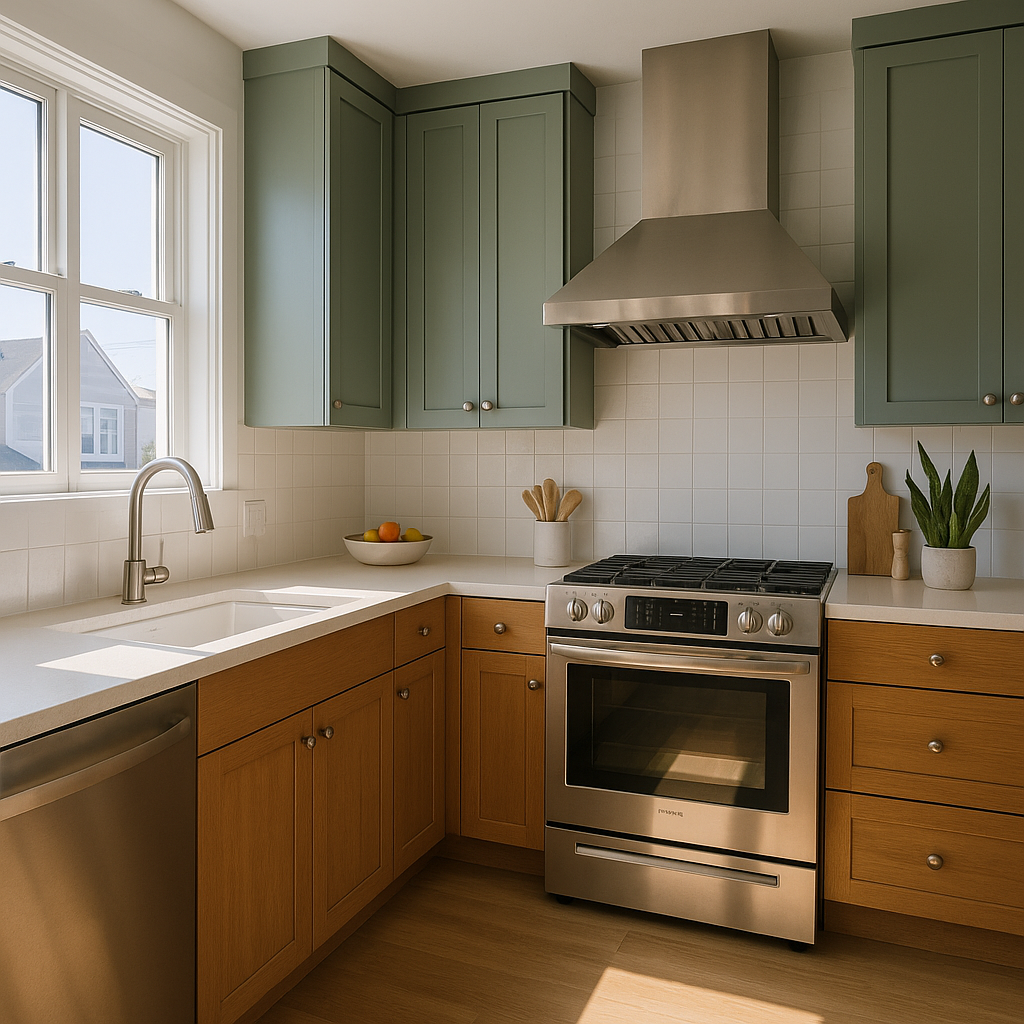Plumbing & Repiping in San Francisco: Choosing Between PEX and Copper for Your Home
4 December, 2025
Understanding Sewer Laterals in San Francisco: Compliance and Key Timelines

As a homeowner in San Francisco, understanding sewer laterals is crucial for compliance with local regulations. The city has specific laws governing sewer lateral inspections and repairs to ensure public health and safety. This post will cover what sewer laterals are, why they matter, and essential steps for compliance, focusing on the San Francisco Public Utilities Commission (SFPUC) regulations.
What Is a Sewer Lateral and Why Does It Matter?
A sewer lateral is the pipe that connects your home to the municipal sewer system. It is your responsibility as a homeowner to maintain this line. The importance of sewer laterals extends beyond personal property; they play a vital role in the city's wastewater management, affecting overall public health and environmental safety. Neglecting sewer laterals can lead to serious issues such as blockages or leaks, which can result in costly repairs and potential legal liabilities.
SFPUC Compliance and Point-of-Sale Regulations
In San Francisco, the SFPUC has established point-of-sale compliance requirements for homeowners. This means that before selling your property, you must ensure that your sewer lateral meets health and safety standards. Compliance involves a thorough inspection, and if any issues are found, necessary repairs must be completed.
Key Steps for Compliance
- Inspection: Schedule a sewer lateral inspection with an SFPUC-approved contractor. The inspection will determine the condition of your lateral and whether it meets compliance standards.
- Obtain Permits: If repairs or replacements are needed, you must acquire the necessary permits from the SFPUC. This step is crucial to ensure that all work is legally permitted and meets local codes.
- Perform Repairs: Engage a licensed contractor to perform any required repairs. It’s important to choose someone with experience in San Francisco’s unique conditions, including its specific soil types and microclimates.
- Final Inspection: Once repairs are complete, a final inspection must be conducted to confirm compliance. This is essential for the transfer of ownership and to avoid future liabilities.
Timeline Management and Sequencing
Managing the timeline for compliance is critical, especially if you plan to sell your home. Here’s a suggested timeline to keep in mind:
- 60-90 Days Before Sale: Start the process by scheduling the inspection. This allows ample time for any repairs needed.
- 30-60 Days Before Sale: Apply for permits and engage a contractor for any necessary repairs. Make sure to factor in potential delays due to weather or contractor availability.
- 1-2 Weeks Before Sale: Confirm that all repairs have been completed and schedule your final inspection.
By carefully managing these timelines, you can avoid last-minute compliance issues that could derail your sale.
Disclosure Timelines
Under California law, you are required to disclose the condition of your sewer lateral to potential buyers. If there are any known issues or if repairs were made, full disclosure is necessary. Buyers may be concerned about potential problems with sewer laterals, so being transparent can help build trust.
Local Suppliers and Resources
Homeowners can reference local resources for further assistance:
- SFPUC Website: Visit the SFPUC website for official guidelines and forms related to sewer lateral compliance.
- Contractor Referrals: Check local listings or ask for recommendations from neighbors to find qualified contractors experienced in San Francisco’s sewer regulations.
By understanding sewer laterals and the compliance process in San Francisco, you can ensure a smoother sale of your property and avoid unexpected complications down the line.

Location
The Richmond District, San Francisco, CA







